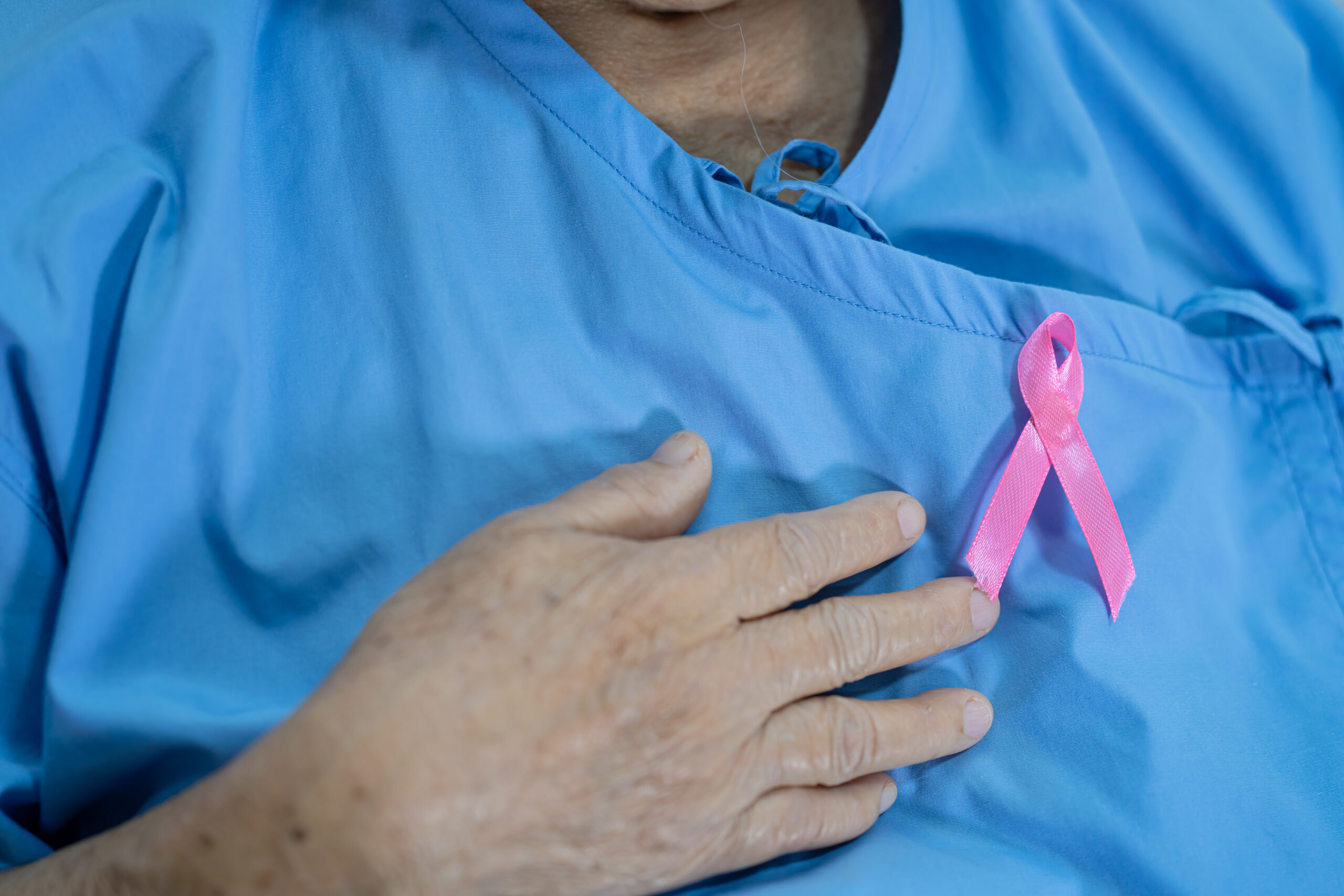Understanding the Best Breast Cancer Screening Options
Breast cancer, the most common cancer among women, casts a long shadow. Early detection, however, remains a beacon of hope, significantly increasing the chances of successful treatment. Regular screenings play a crucial role in this fight, but with various options available, navigating the best approach can feel overwhelming. This article delves into the most effective methods for breast cancer screening, empowering you to make informed decisions about your health.
Mammography: The Powerhouse of Early Detection
For most women at average risk of breast cancer, mammography reigns supreme as the gold standard for screening. This low-dose X-ray examination creates detailed images of breast tissue, allowing radiologists to detect potential abnormalities like tumors or calcifications. Early detection through mammograms often occurs before symptoms arise, significantly improving treatment outcomes. Studies have shown that regular mammograms can reduce breast cancer mortality rates by up to 40%.
Beyond Mammography: Exploring Additional Tools
READ FOR MORE ARTICLES VISIT ON WORLD WIDE GALAXY
While mammography holds the top spot, other screening methods can play a valuable role, especially for women with specific risk factors:
Clinical Breast Examination (CBE): This hands-on approach involves a healthcare professional physically examining the breasts for lumps, changes in size or shape, or other abnormalities. While not a substitute for mammograms, CBE serves as a valuable complementary tool, particularly for women with dense breast tissue where mammograms may miss subtle changes.
Breast Self-Examination (BSE): Taking charge of your health is crucial. Regularly checking your own breasts for any changes in texture, size, or the presence of lumps is an essential practice. Familiarize yourself with your breast tissue and report any unusual findings to your doctor promptly. Early detection through BSE can potentially lead to a timely diagnosis and treatment plan.
High-Risk Screening: Tailoring the Approach for Optimal Protection
Women with a higher risk of developing breast cancer may benefit from additional or more frequent screenings. These may include:
Breast MRI: For women with a strong family history of breast cancer or genetic mutations like BRCA1/BRCA2, a breast MRI, along with mammograms, is often recommended. This imaging technique uses powerful magnets and radio waves to create detailed pictures of breast tissue, potentially revealing abnormalities undetectable by mammograms alone. Breast MRI can be particularly helpful in identifying aggressive cancers and providing peace of mind for high-risk individuals.
Digital Breast Tomosynthesis (DBT): This advanced form of mammography utilizes 3D imaging technology, capturing multiple thin slices of breast tissue. DBT can be particularly beneficial for women with dense breast tissue, where traditional mammograms may miss subtle abnormalities. Studies have shown that DBT can increase cancer detection rates compared to standard 2D mammograms, especially in younger women with dense breasts.
Breast Cancer Screening Guidelines: A Shared Decision-Making Process
Current breast cancer screening guidelines emphasize a shared decision-making approach between women and their healthcare providers. This involves discussing individual risk factors, the benefits and potential drawbacks of various screening methods, and ultimately determining the most suitable plan for each woman’s unique circumstances. Factors like family history, breast density, overall health, and personal preferences all play a role in this shared decision.
Key Considerations for Breast Cancer Screening:
Recommended Age for Average Risk: The American Cancer Society recommends starting annual mammograms at age 40 for women with average risk. However, women can discuss the possibility of starting earlier with their doctor, especially if they have a family history of breast cancer or other risk factors.
New Guidelines: Individualized Approach: Recent guidelines encourage a more personalized approach to screening, considering factors beyond age. This shift towards shared decision-making empowers women to actively participate in their healthcare journey.
Early Detection Methods: Early detection through regular screenings is crucial for improving breast cancer survival rates. Early-stage breast cancer often has a high cure rate, highlighting the importance of proactive screening measures.
Screening Mammogram: Mammography remains the cornerstone of breast cancer screening for most women, providing a powerful tool for early detection.
Remember, the fight against breast cancer starts with awareness and proactive action. By understanding the best screening options available and tailoring your approach based on individual risk factors and shared decision-making with your healthcare provider, you can empower yourself to Prioritize early detection and take control of your health.
Additional Considerations:
- Ultrasound imaging: While not typically used for primary screening, ultrasound can be a valuable tool for further evaluation of suspicious findings on a mammogram or physical exam. It can help differentiate between solid masses (potentially cancerous) and fluid-filled cysts (usually benign).
- False Positives and Follow-Up: It’s important to remember that any screening test can produce false-positive results, meaning an abnormal finding that turns out not to be cancer. While this can be emotionally challenging, it’s crucial to follow up with your doctor for further evaluation and potential diagnostic tests.
The Best Breast Cancer Screening Options Conclusion:
Breast cancer screening is a vital step in safeguarding your health. By understanding the various options available, engaging in shared decision-making with your healthcare provider, and prioritizing regular screenings, you can empower yourself to take proactive steps towards early detection and a healthier future. Remember, knowledge is power, and early detection through effective screening remains the key to winning the fight against breast cancer.
FAQ’S
what precuations should be taken to avoid breast cancer?
To reduce the risk of breast cancer, women should get regular screenings, maintain a healthy weight, exercise regularly, limit alcohol consumption, and avoid smoking if possible. Breastfeeding should be done if possible, and the risks of hormone therapy should be discussed with your health care provider.
What symptomps of breast cancer?
Symptoms of breast cancer may include a lump or thickening in the breast or underarm, a change in the size or shape of the breast, a change or discharge in the nipple, redness or scaling of the skin, and breast pain. Any unusual changes should prompt consultation with a health care provider for further evaluation.

